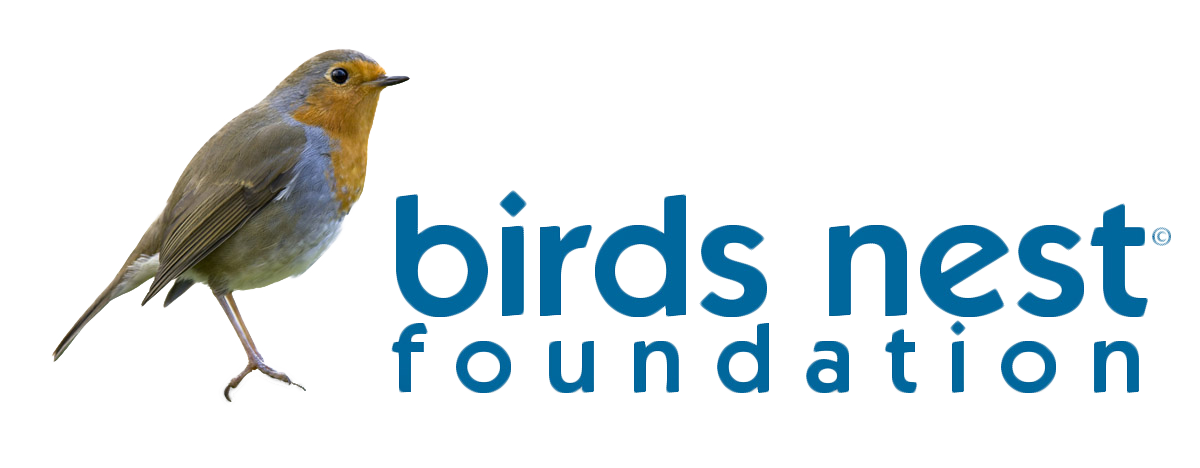What do you know about Celiac disease?
There are many foods today, that people avoid in order to be healthy; refined sugar, sugar, carbohydrates, meat, processed foods, dairy and wheat. Wheat, especially, has a bad reputation, nowadays. Not only it is a source of carbohydrates, but followers of the Paleo diet it is simply unnatural. For others, avoiding wheat is a necessity. People who have celiac or non-celiac gluten intolerance cannot actually digest gluten, a protein found in wheat, rye and barely and therefore must avoid it.
Celiac is a genetic auto-immune disease. This means, not only can it develop at any time in a person’s life, but it never goes away. Since it’s genetic, siblings, parents and children of those with celiac have a higher risk of developing it. “Around 1 in 100 people have celiac disease, world-wide,” said Gillian Entrin, the development coordinator for the Celiac Disease Foundation. Once, thought to be a rare disease, celiac has become more well known, though the condition is still misunderstood.
Gluten is found in many food products including bread, baked goods like muffins, cupcakes and cookies, condiments and candy. It can also be found in some medicines, make-up and shampoo. For people who have celiac, they must not only avoid these products, but anything they may have come in contact with.
When a person with celiac digests gluten, their body responds by attacking the villi a structure located in the small intestines. This prevents the body from absorbing nutrients properly. This can lead to multiple medical problems, like diabetes, multiple sclerosis, cancer, anemia and epilepsy. Many of these issues related to digestion go away once the diet changes. However, a person with celiac can never go back to eating gluten products, no matter how long they’ve been a gluten-free diet.
Symptoms of celiac disease can vary, and some people may not show any symptoms at all. There are about 300 known symptoms of celiac. Children are most often at risk for digestive issues, such as diarrhea, vomiting and constipation, but they also suffer from nutrition-related issues such as failure to thrive, short stature, weight loss and developmental delays. Adults are more likely to have fatigue, or some type pain. Many adults suffers also have a rash called Dermatitis Herpetiformis.
Some people may not have any symptoms at all and may not find out about their diagnosis until years later. This is called asymptomatic celiac, according to Dr. Daniel D. Leffler, from Beth Israel Deaconess Medical Center, “It can be mistaken as something else. Less than 20% of people [with celiac] get diagnosed. People ascribe it to something else.” He cited examples, though the most common condition it appears to get confused with is lactose intolerance.
There are several blood tests one can undergo to get screened for celiac. These tests cannot diagnose celiac. If the blood tests positive for celiac, then one must undergo an endoscopic biopsy. However, in order for both to work, one cannot be on a gluten-free diet before hand. If the biopsy is positive for intestinal damage, then a doctor will help with the transition to a gluten-free diet. It is highly important that one is screened and tested before going on the diet, as they could lose important nutrients without a dietician’s help. “There’s a lack of understanding and education about the condition…People have caught on to the gluten-free fad diet. It brings more attention to the condition, but it’s a double edged sword,” Entin said, explaining that many people who have celiac are simply thought to be on the latest fad diet, meaning that people might not take their restriction seriously.
Non-Celiac Gluten Sensitivity (NCGS) is different from celiac disease, in that the villi is not damaged. Many of the symptoms of NCGS are similar or the same as the symptoms of celiac, though. A biopsy will come out negative, even if the person’s diet includes gluten. This makes NCGS much more difficult to diagnose. The only way to be sure that you have NCGS, is to go through the necessary tests and go on a gluten free diet. If the symptoms diminish, then the diagnosis is confirmed. “There isn’t a lot know about NCGS. There’s a lot of the same symptoms, but there’s no blood test…It’s a trial and error sort of situation.”
Leffler explained that he had no issue with people going on a gluten-free diet, even if they did not necessarily have celiac. “For the average person there is no benefit to a gluten free diet. There’s nothing inherently healthier…However, it [diet] can play a big role in a lot of conditions besides celiac.”
The biggest challenge for people with celiac and NCGS, is eating out in restaurants. Not only do they need to avoid gluten, but they need to avoid any foods that may have come in contact with it. While it is fairly easy to order a burger without a bun, there isn’t a guarantee that the burger is totally gluten-free. Luckily, There are actually many tools to help those with Celiac disease to travel without worrying about finding a restaurant that can accommodate their needs: some examples that are listed on glutenfreemom.com include: Find Me Gluten-Free, GF American, both are apps. There are many websites available as well: glutenfreetravelsite.com, celiacrestarauntguide.com, and triumph dining.com.
